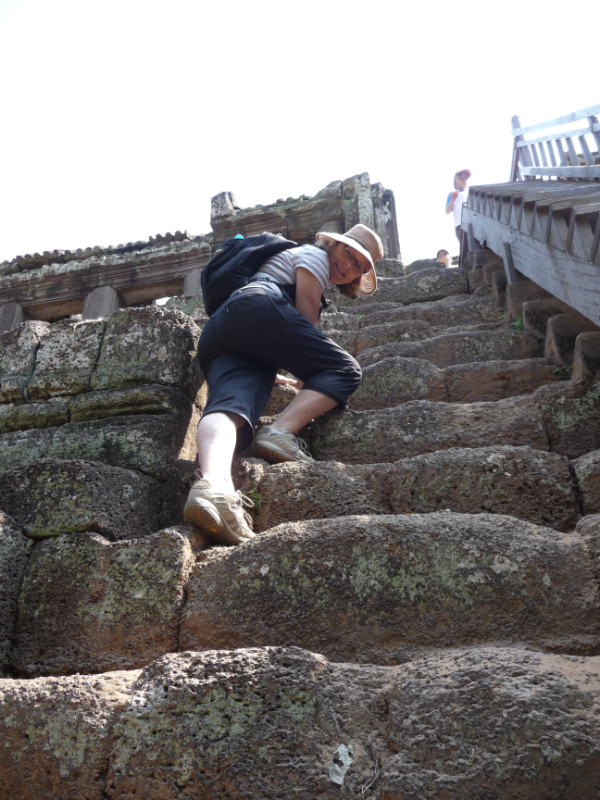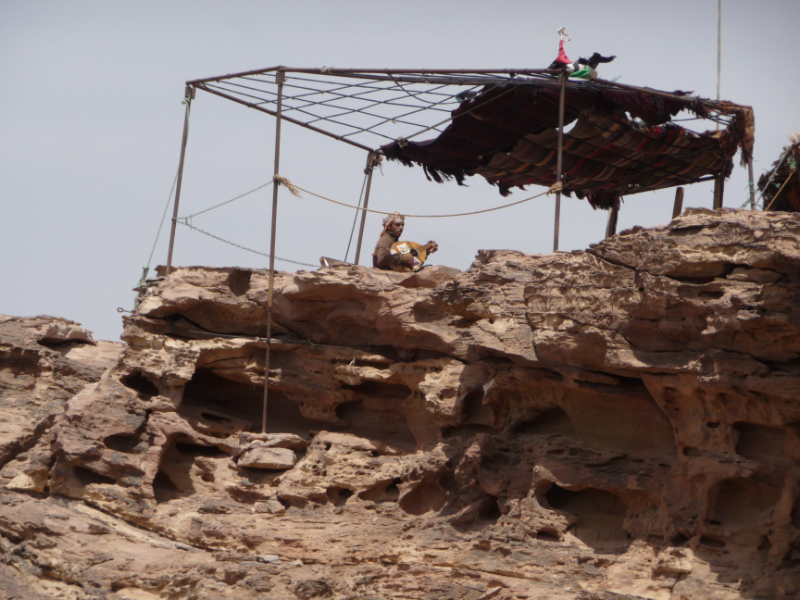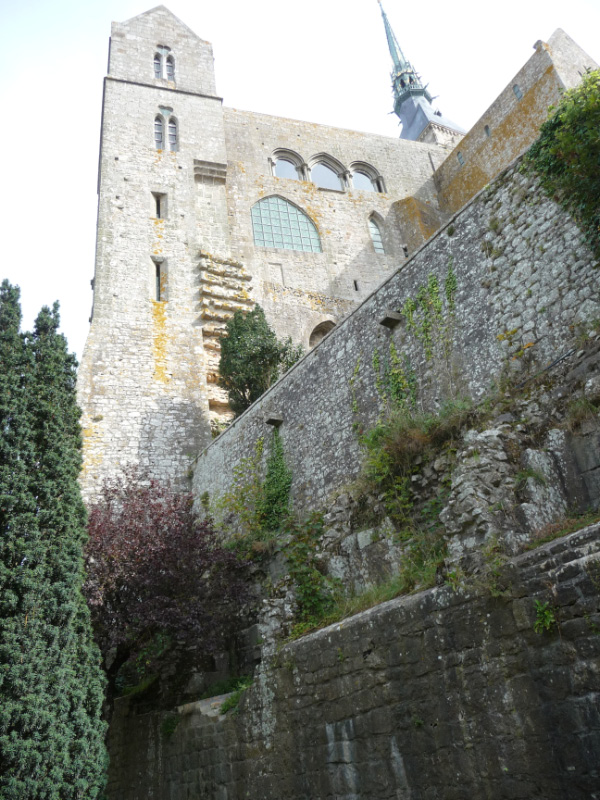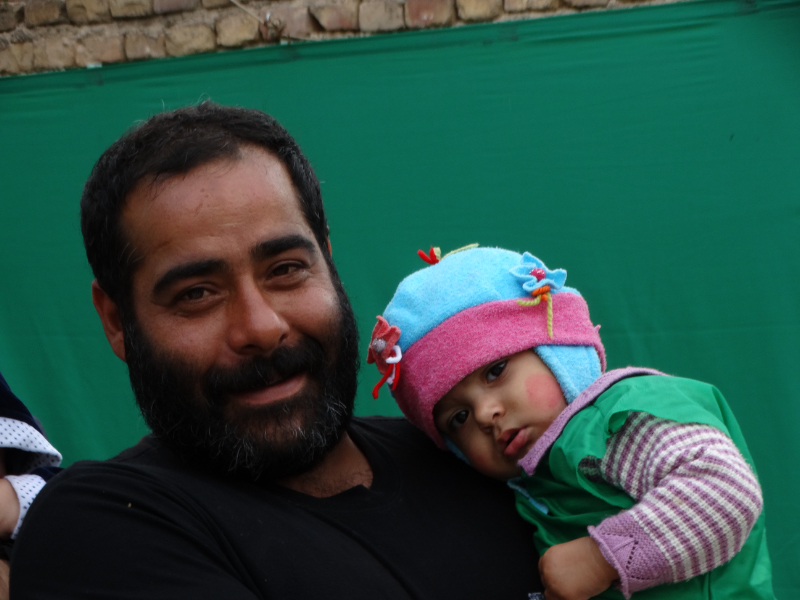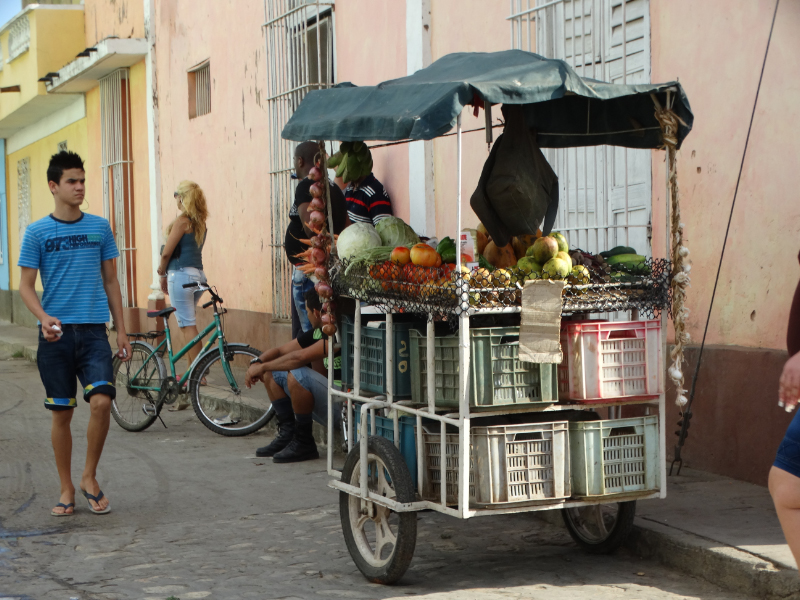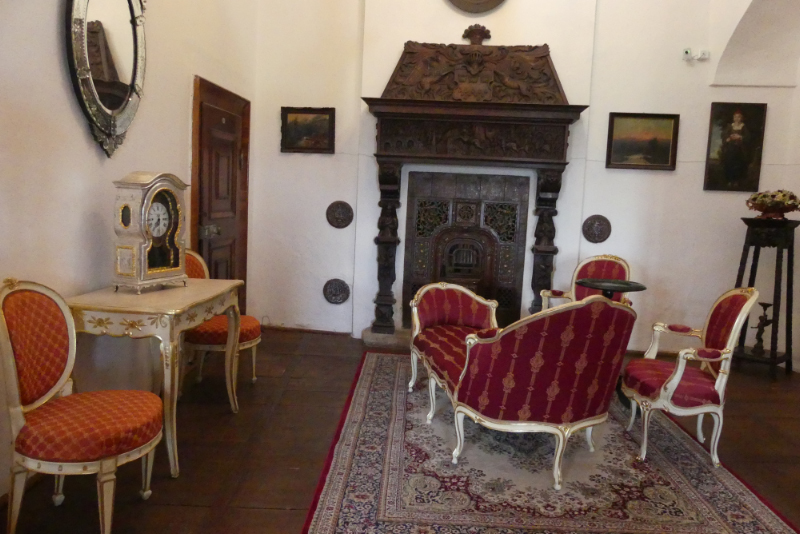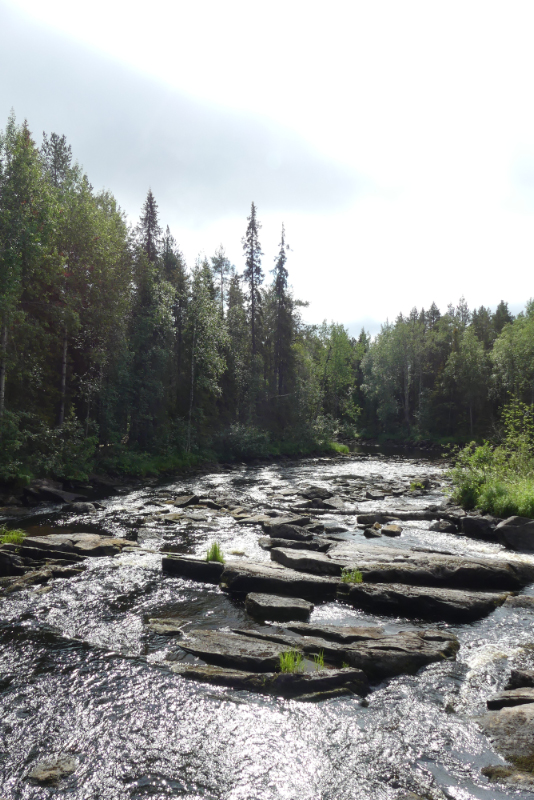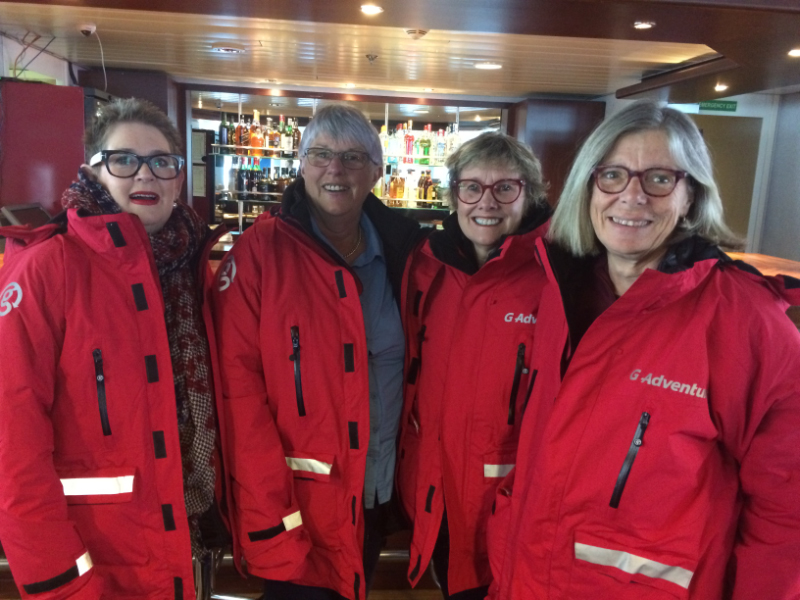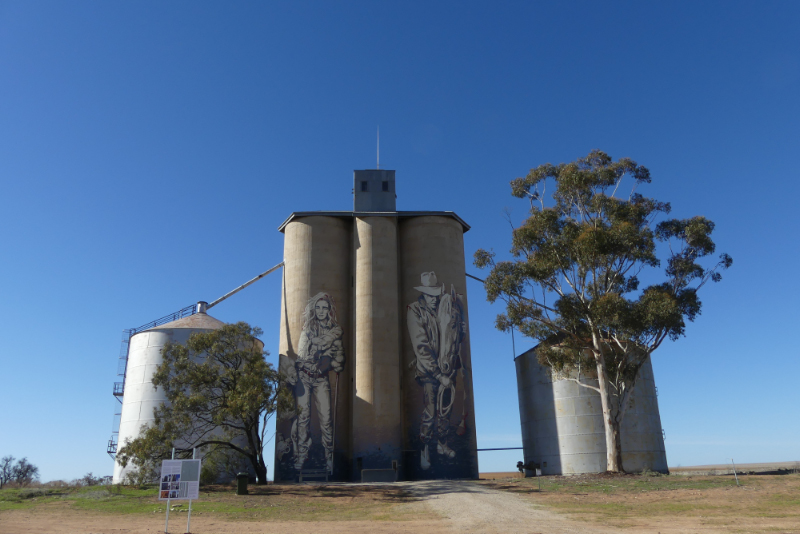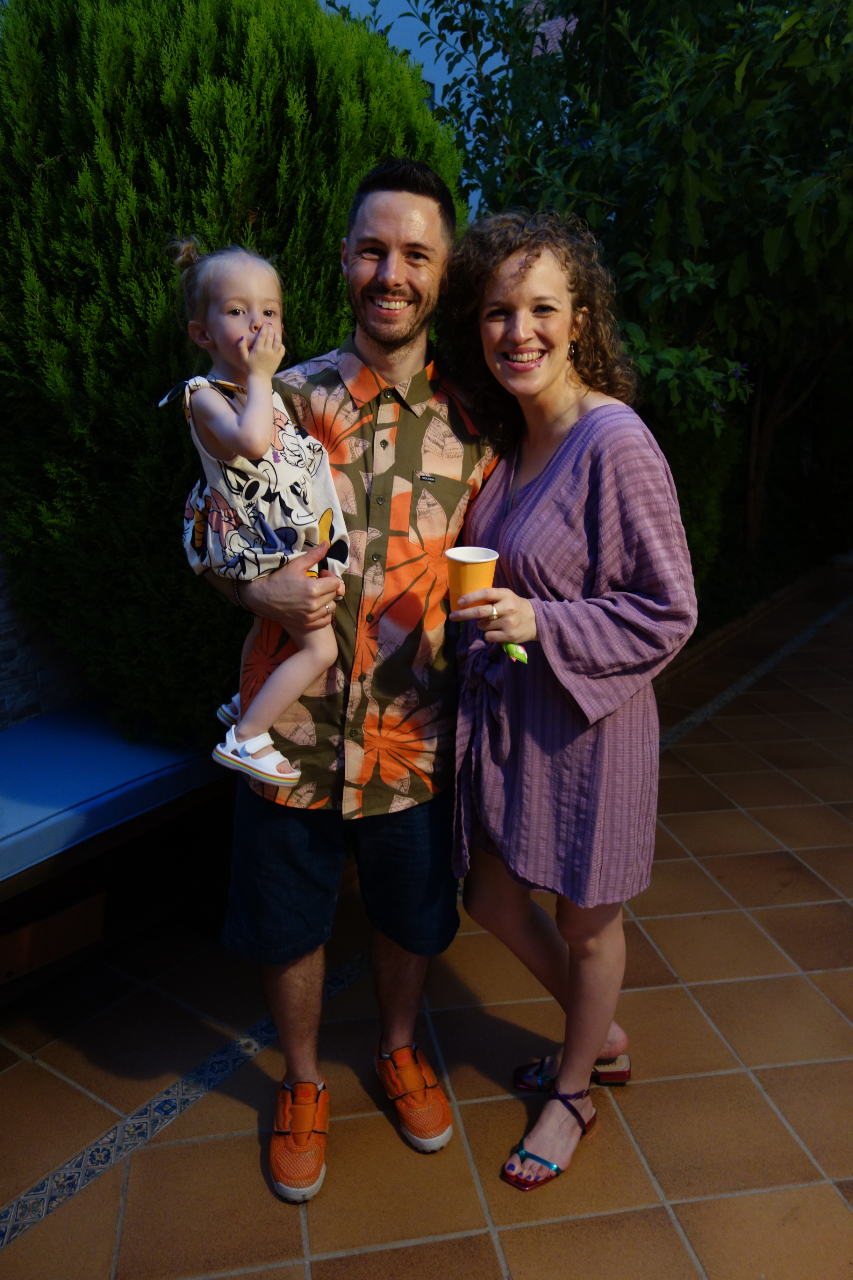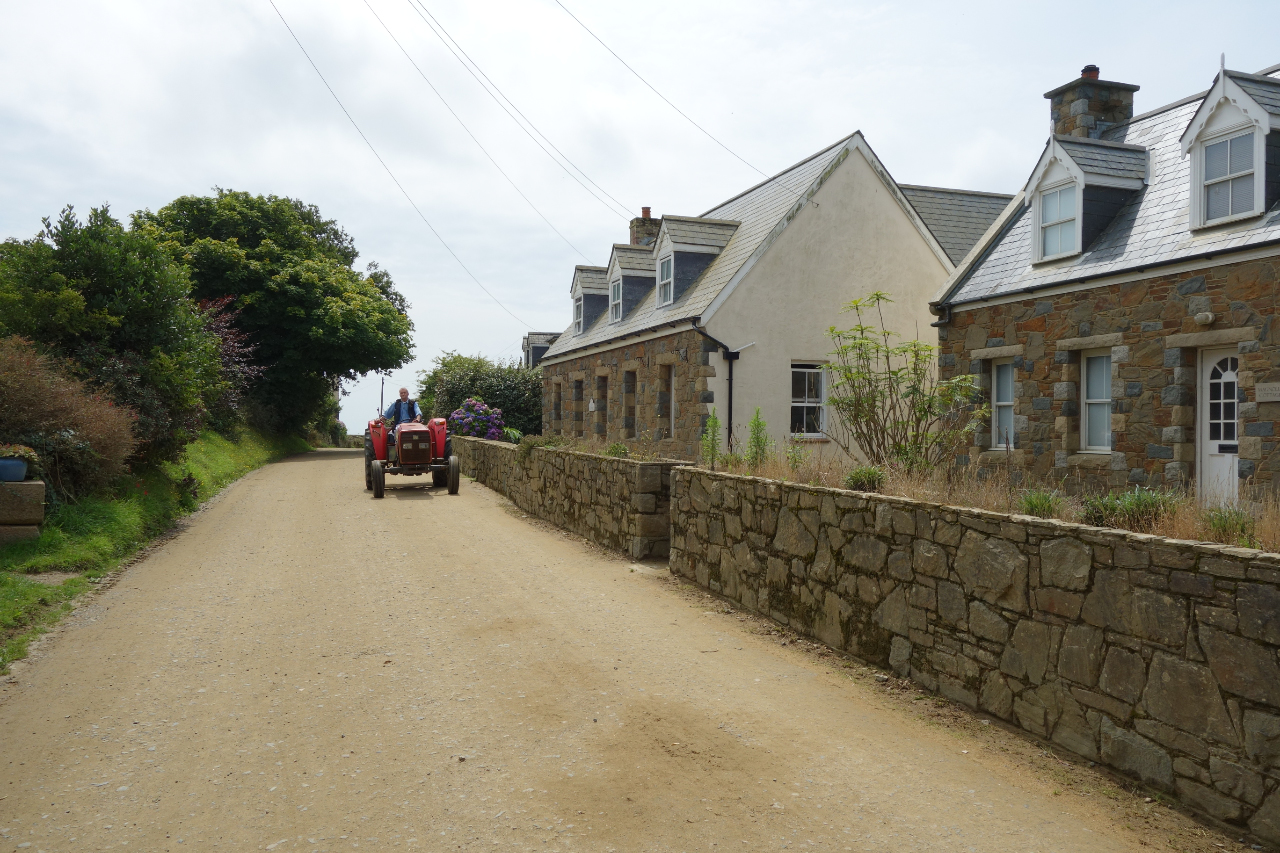Monday 15 to Thursday 18 January
Over the border from Bolivia and once again it seemed more civilised than the last country. Marcus the driver was waiting for us and we cleared Bolivian Immigration and swapped our bags into Marcus’ van.
It was a big drop down to a breathable and very much warmer 2,500m at San Pedro de Atacama. Marcus deviated into Customs Control, and what appeared to be an honesty system, we left our luggage in the van and went in and declared ourselves.
GoToPeru had booked us into a nice desert style hotel. We wandered into town, looking for money and coffee. It was hot and I was agitated – Phil’s birthday looming was a sad reminder that he won’t be there when we get home. So much grieving.
We returned to the hotel and rested for a bit then found some more suitable clothes to go back to town for dinner.
San Pedro de Atacama is a town for younger tourists. The main street, a pedestrian street, was predominantly tour operators with some bars and mini markets as well.
The offerings for the adventurous included sand boarding, star gazing and more serious astronomy, rock climbing and abseiling, hot mineral baths and bike hire.
As part of our package we were booked on two tours – Salar y Laguna/Piedras Rojas con Entrada full day tour and the Tatio Geysers half day tour.
In both cases ours was one of a stream of tourist buses headed for the same destinations.
The Salar y Laguna/Piedras Rojas con Entrada tour took us to several places
Our first stop was the Jere Oasis where water raised higher in the Andes, breaks ground to form a lush oasis where vegetables and fruit trees abound. The riverlet of water seeps back into the desert further down the mountains, as it flows towards the nearby lakes. The Atacama desert is one of the driest places on earth.
There was a small house which represent the traditional architecture of Atacama Desert. The stone of the village is liparita or ignimbritica, a white volcanic stone also known as pumice. Girders were made with local wood such as poplar and cactus, while the ceiling was a mud of reeds or other vegetable fibres.
We drove into the Laguna de Chaxa (Chaxa Lake) Soncor Sector of the Atacama Salt Lake and Reserva Nacional ‘Los Flamencos’
The Atacama Salt Lake sits at an elevation of 2,300m. It was created by a depression between the Andes and Domeyko mountains. The salt deposits have a maximum depth of 1,450m and the surface of salt crusts is fed by underground water evaporation. It is muddy, which is ideal for algae and microinvertebrates, which is the food of the flamingos.
By now we were quite familiar with flamingos. At the risk of becoming somewhat overwhelmed by seeing so many, I concentrated on some information about these curious birds.
There are three types of flamingo in this region:
Andean Flamingo is the largest and most abundant. These salt flats have the largest nesting colony where thousands of chicks are reared each year.
Chilean Flamingo have the longest legs and a semi-formed hind tow. They make their home in Argentina, Bolivia, Chile, Paraguay and Peru.
James Flamingo is the smallest species and prefers to live over 4,000m in Argentina, Bolivia, Chile and Peru. It comes to this region when the High-Andes lagoons freeze.
By now we had seen many flamingos, so we followed a lizard that was catching insects in the waters.
We stopped for lunch at Cocinería Bartolomé, in the small town of Socaire and enjoyed sharing travel stories with people from Brazil and Argentina, tow places we are looking forward to visiting. After lunch we had time to explore the town with its Old Church and New Church. It was the first time I had been able to get close to the quinoa plant, however our guide told us that the town’s elevation of 3,300m was much too low to grow the plant successfully.
The drive to the lakes took us beautifully past sculptured rocks, more evidence of this volcanic land. The minibus stopped for us to get a distant view of the rhea which is from the same family as the ostrich in South Africa and the emu in Australia.
We climbed back to 4,000m to visit the altiplano lakes of Laguna Miscanti and Laguna Miñiques.
Laguna Miscanti (Lake Miscanti) is a brine lake of about 15 sq km. Rainwater seeps in from the mountains and mostly evaporates. It must be a stunning sight in winter when the surface totally freezes over. There were the now familiar vicuñas and flamingos as well as Andes Gulls at the waters edge
Laguna Miñiques (Lake Miñiques) is smaller at about 1.5 square kilometres) and is fed by seepage from Laguna Miscanti.
In both cases the location, surrounded by volcanoes was magical.
Our last stop for the day was at the small village of Toconao at 2,485m. There is evidence of first inhabitants around 11,000BC. Currently there are 700 villagers who practice ancient traditions and customs. The town is built of liparita stone of volcanic origin that we had seen earlier in the day. The major tourist attraction is the Bell Tower of San Lucas built in 1750. The tower, which is separate from the church, is built of adobe, a mixture of stone and mud. The other attraction in the square of Toconao is the cactii.
The geyser tour was a 5am start with a request to wait in reception a half hour prior. After an hour and a half bus journey and with the sky lightening we arrived at the Geysers del Tatio.
We were above 4,000m and were told to expect sub-zero temperatures, so we had dragged out our thermals, woolly socks, hats and gloves.
Our guide Francesca did a great job describing the various geysers in both Spanish and English. Her technical knowledge was very good. She also mentioned the source of the word, from the original ‘geyser’ in Iceland which we had visited in 2014. Of course, the big daddy of geysers is in Yellowstone National Park. We didn’t see it burst, it only happens every 8 to 11 hours and it’s a long wait with huge crowds in summer, when we were there.
These geysers were very different to the smelly mud geysers we had seen in Bolivia just a few days earlier. These were mostly clear water gushing and bubbling and sometimes spurting.
Francesca told us about a failed attempt to harness the power of the geysers. A relic of a machine was still in place, but when it was activated it blew out of control and took weeks to shut down again. The government decided to shut it down and not allow any future ventures to harness the power of the geysers. That is probably the best decision made. Our need to draw resources out of the ground risks none for future generations.
The geysers are formed due to contact between cold subterranean water with the hot rocks, which are heated by the lower layers of volcanic magma.
After wandering through the geyser field, we were offered breakfast. By now the sun was coming up over the mountains. The light was beautiful, and it was warm. The freezing temperatures we were promised had been quite manageable with our thermals and extra jackets. Our fingers suffered the most, especially when taking photos.
After breakfast some took the opportunity to bathe in the aquas calientes (hot springs). We wandered around enjoying the warmer air and photo opportunities.
We stopped at the Putana Wetlands, an oasis in the desert that was alive with vicuñas and water birds. A lone flamingo flew in, circled and landed.
As we drove down the mountains we saw viscachas scrambling around the rocks. They are rabbit-like rodents with longer tails and are well camouflaged in amongst the rocks and shrubs. The farmers consider them a pest as they strip the grassland used to graze stock. I managed to get a photo from the moving bus.
The tiny village of Machuca with its 20 houses and a population of 10 makes its living from the many tourists returning from the geysers. The locals were selling llama skewers, a few craft items and a paid toilet stop. A couple entertained – he playing the guitar and singing, she knitting roughly spun natural wool. The pretty church of San Santiago on the hill added to the quaintness.
We made another stop at the Machuca Wetlands. There were llamas and flamingos, but it was frustrating that we stopped at a mirador high above the waterhole with the sun in our face. That certainly didn’t help the photos.
It had been a long morning, we were back in our hotel by midday.
We had asked for extra time before we checked out for our evening flight to Santiago. Unfortunately, we had to change rooms, so we had been fully packed and ready to go by 4:30am. Fortunately they didn’t charge for our late checkout and we had the comfort of lunch and a rest.
e_header.jpg)










































































